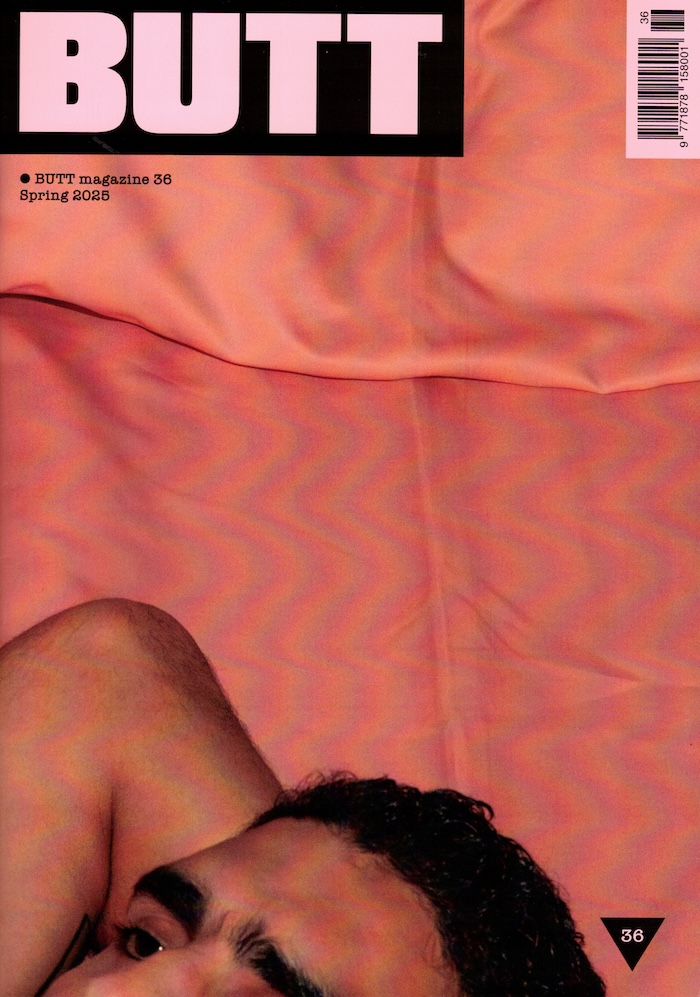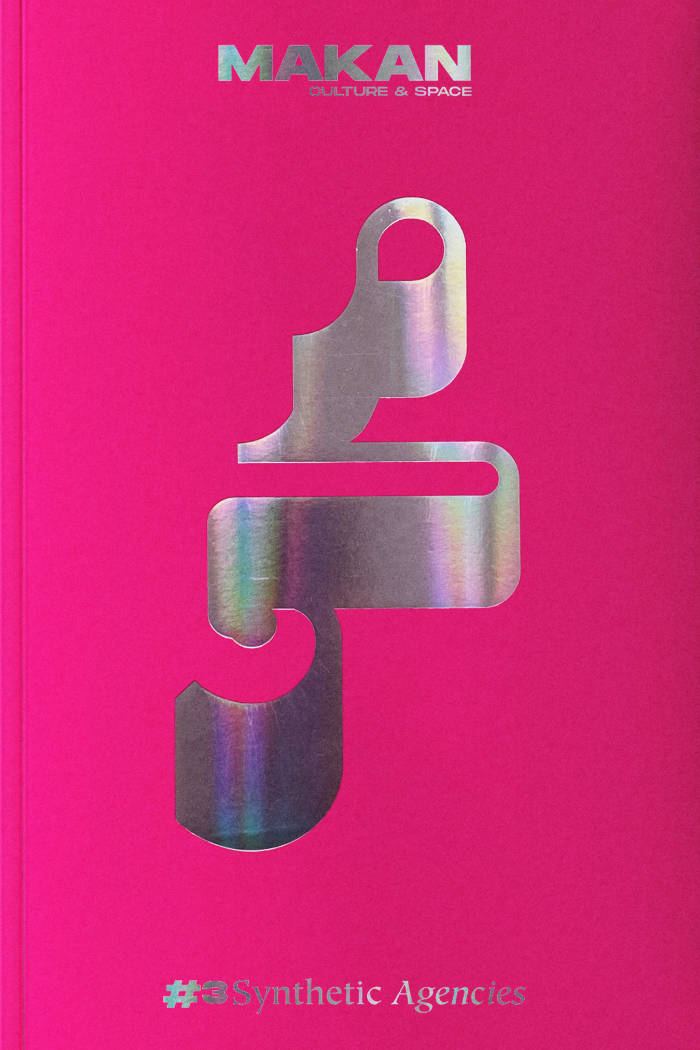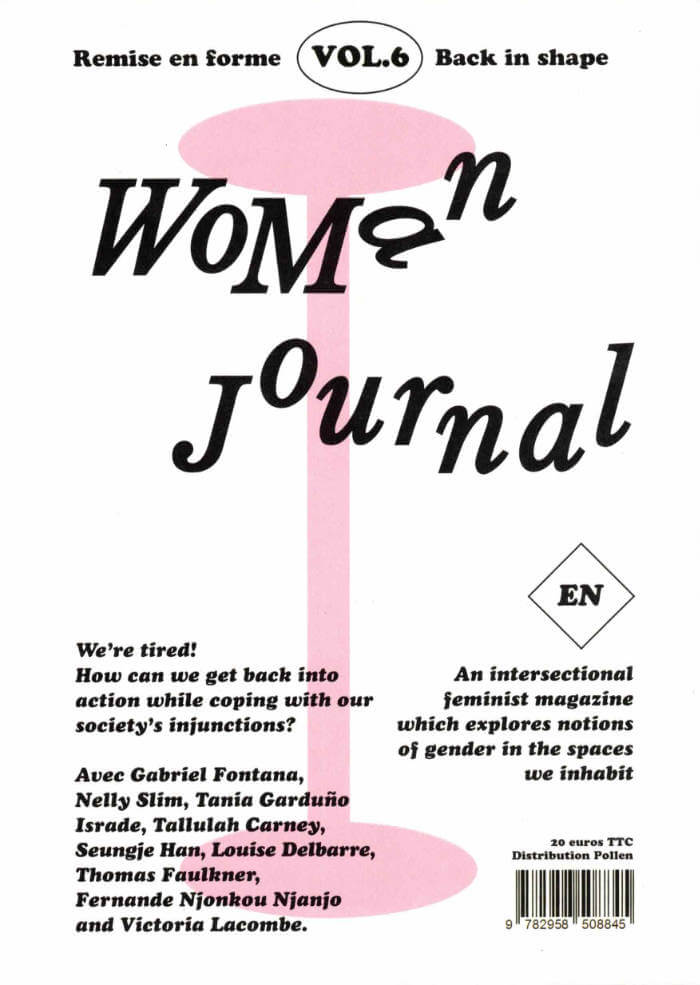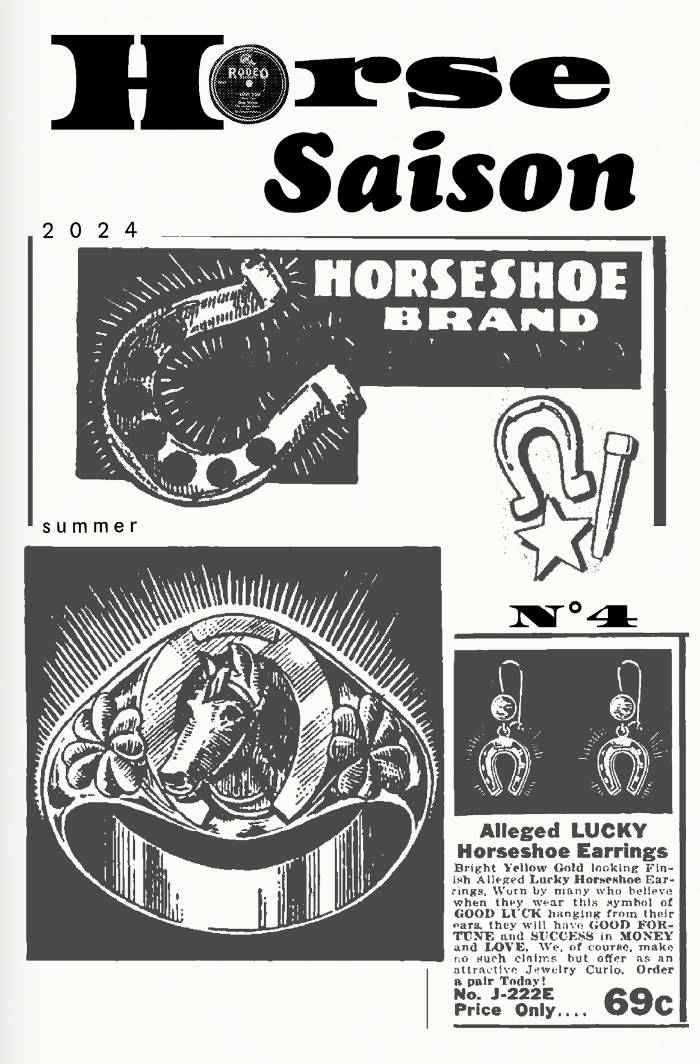
BUTT Magazine 36
BUTT ed.
Get down on your knees for BUTT no. 36.
The thickest and most holy issue yet is filled cover to cover with revelations from passionate queens around the world.
There’s a lot to gag over inside the alternatingly porny and pious issue. First up – twunky screen-and-stage star Omar Ayuso stripped-down and unplucked. Inside, find an intergenerational chat between conceptual art superstar AA Bronson and porn dad Joel Someone, plus a thrilling peek inside badass director Lilly Wachowski’s off-screen universe. There’s a jockstrapped boxer, a dizzying interview with the gay tailor to the Pope and a fine selection of bulges from Melbourne, Australia. And so much more. In a historical twist, Dutch author Raoul de Jong rewrites a seventeenth century anti-sodomy saga into new queer lore. In another historical twist, BUTT no. 36 has two covers with Spanish-Moroccan hottie Sir Karim, shot by Gustavo García-Villa – pick your poison.




